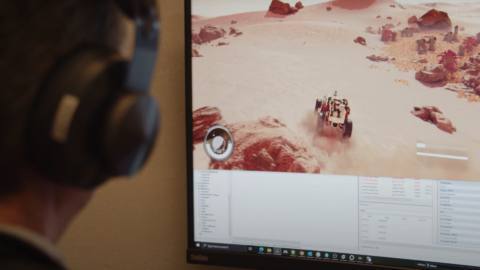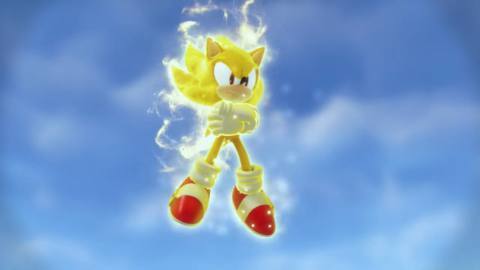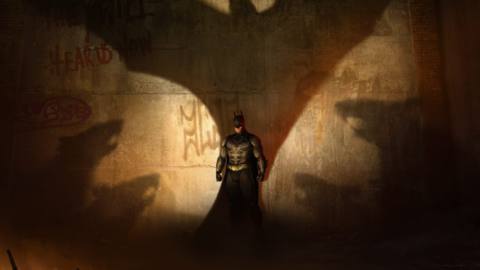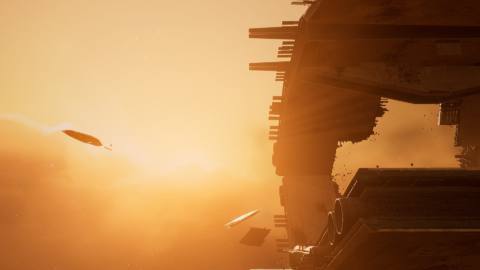
No Rest for the Wicked is out now on early access, giving us our first glimpse at Moon Studios’ latest project. The developer’s prior offering – Ori and the Blind Forest and Ori and The Will of the Wisps – turned the Metroidvania style of game on its head, offering a powerful, fresh experience that is difficult to forget. And now, four years later, Moon looks set to do the same for action RPGs with No Rest for the Wicked. Simply put, No Rest for the Wicked couples a stunning visual design with elements inspired by From Software’s Souls titles, Blizzard’s Diablo and even Animal Crossing – and yet the whole is greater than the sum of its parts.
At its core, Wicked remains a game rooted in the Unity Engine but with a vast range of customisations transforming it into its own thing, hence the nickname – Moonity. This, however, is used only for the game’s presentation layer – the graphics you see on-screen. Moon has also built a new simulation engine – built on top of Exit Games’ Quantum Engine – to handle game logic, including a fully deterministic 3D physics system for networking, which No Rest for the Wicked will feature at a later date.
What makes this setup work well is the division between rendering and simulation – basically, input responsiveness is separate from frame-rate so, if you’re playing on a lower end platform, like a Steam Deck, at 30fps, the game will still feel as responsive as a game running at a higher frame-rate. The visuals, however, are striking. First and foremost, Wicked supports HDR on day one – this is important as we have largely considered Ori and the Will of the Wisps to stand out as one of the best examples of HDR in any game released to date. The HDR implementation is superb and just as intense and engaging as Ori. It makes a gigantic difference if you use an HDR display.






